Progress, but very slow progress:
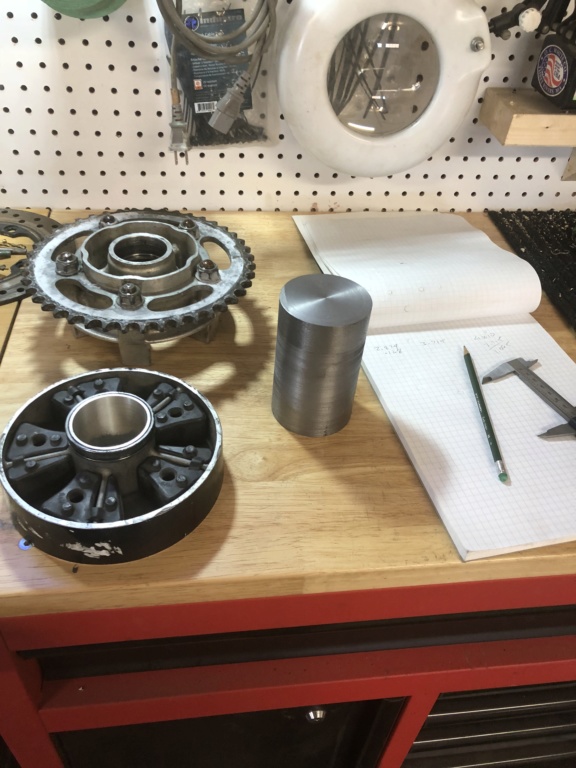
This is one of those things that just doesn't happen fast.
I’m basically designing a “one off” drive system as I go, so its going to take lots of time and lots of thought before even making my first turn on the lathe.
All I’ve done so far is get my steel dimensionally true and cleaned/trued up the center hub drive bores.
“Measure twice, cut once”....

This is one of those things that just doesn't happen fast.
I’m basically designing a “one off” drive system as I go, so its going to take lots of time and lots of thought before even making my first turn on the lathe.
All I’ve done so far is get my steel dimensionally true and cleaned/trued up the center hub drive bores.
“Measure twice, cut once”....

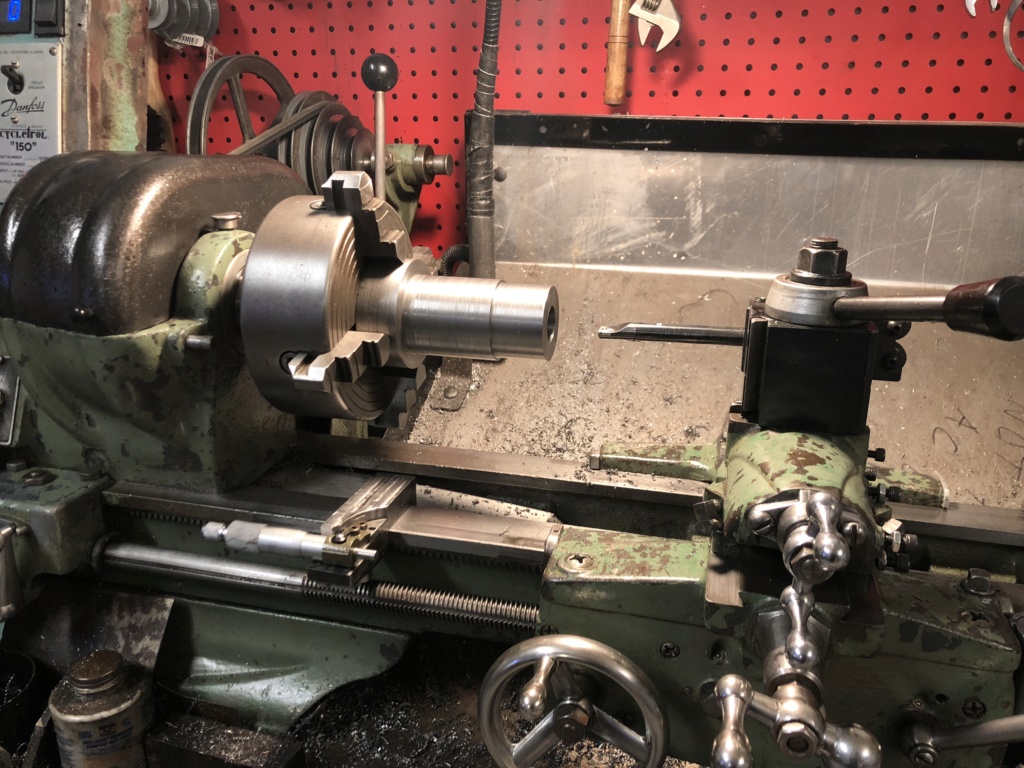




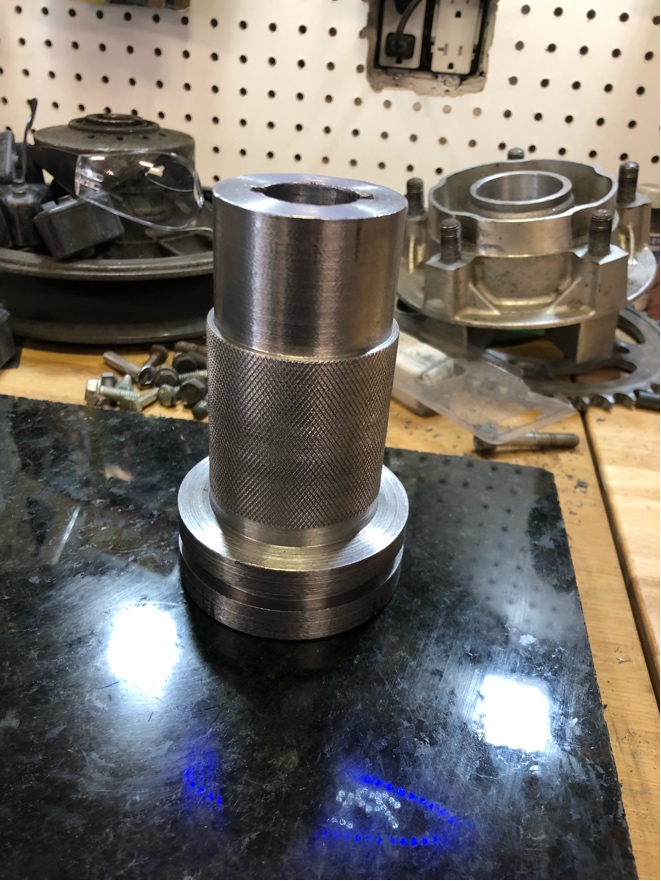
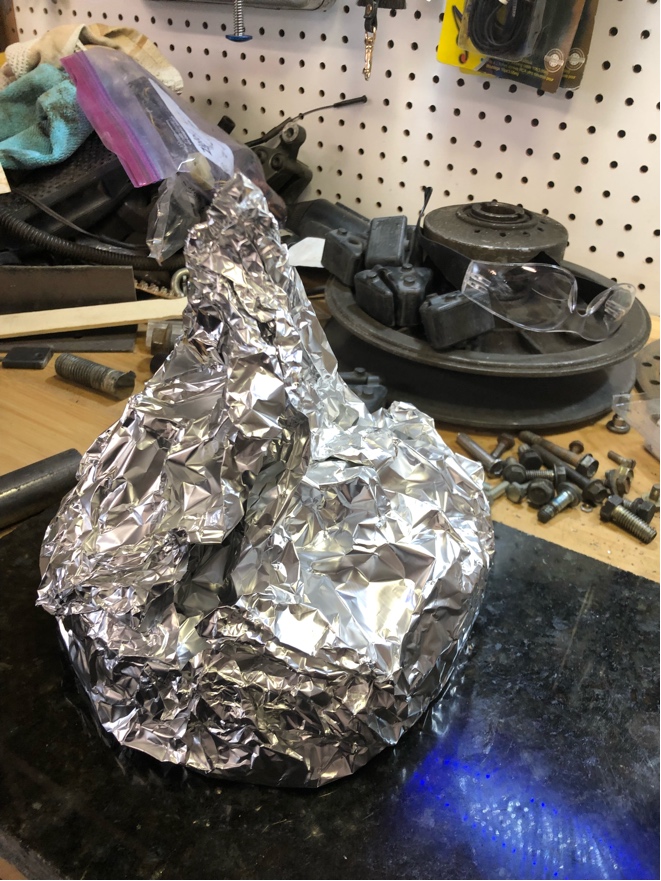
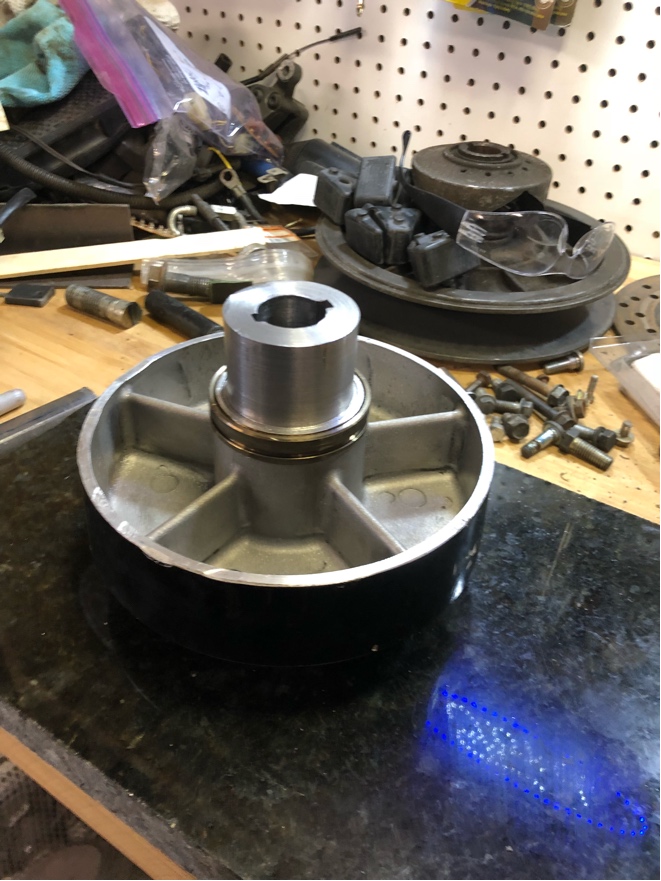
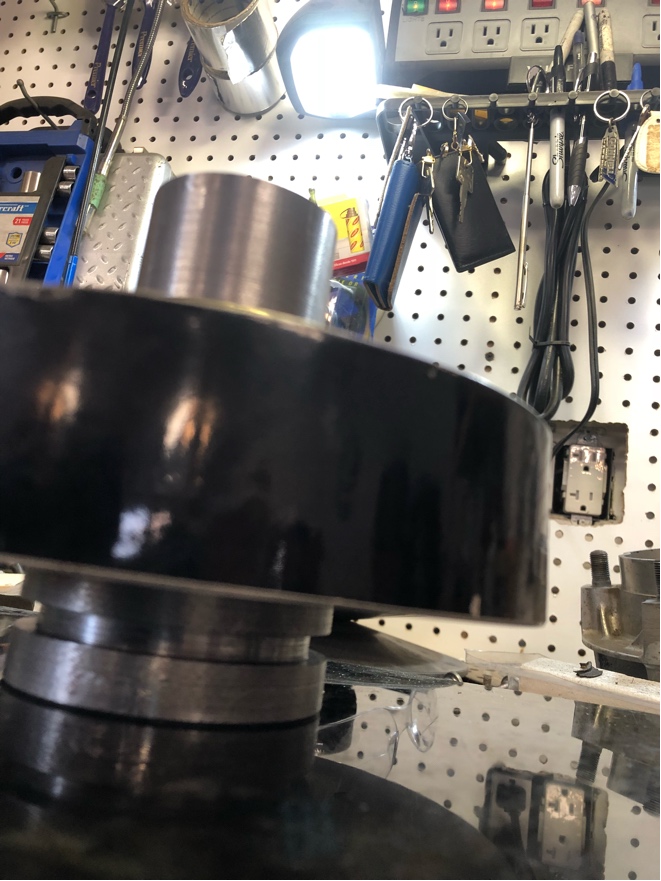
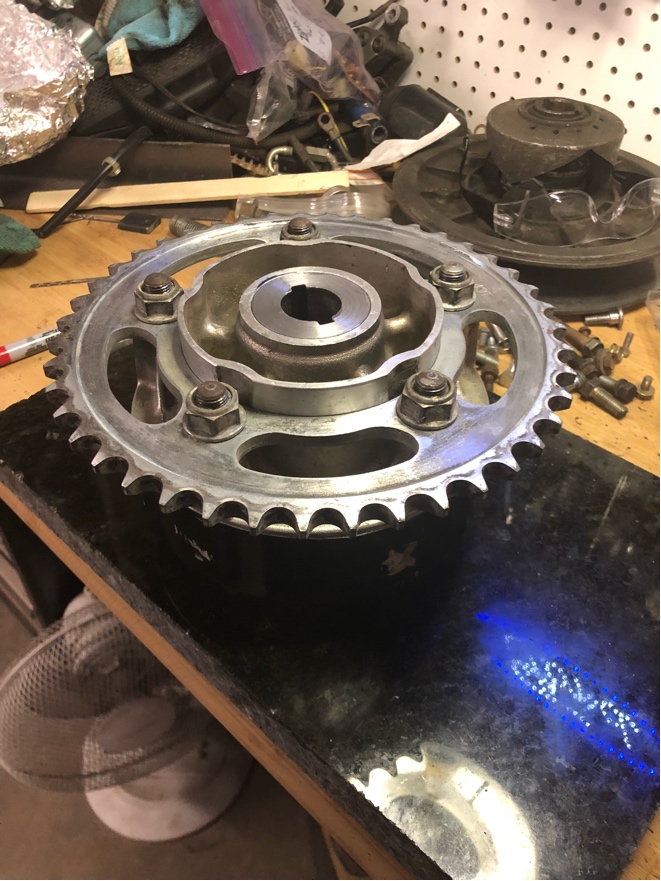

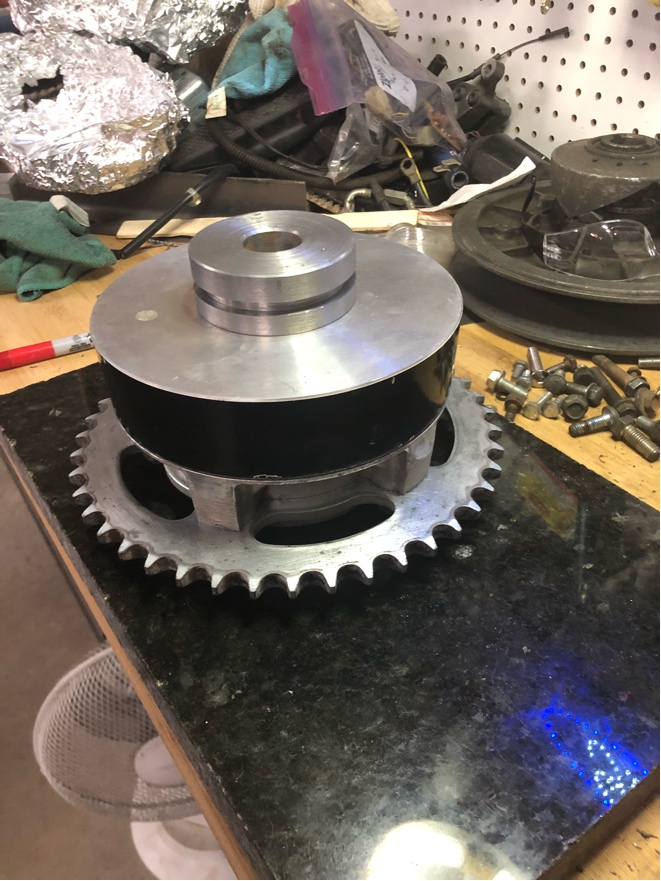


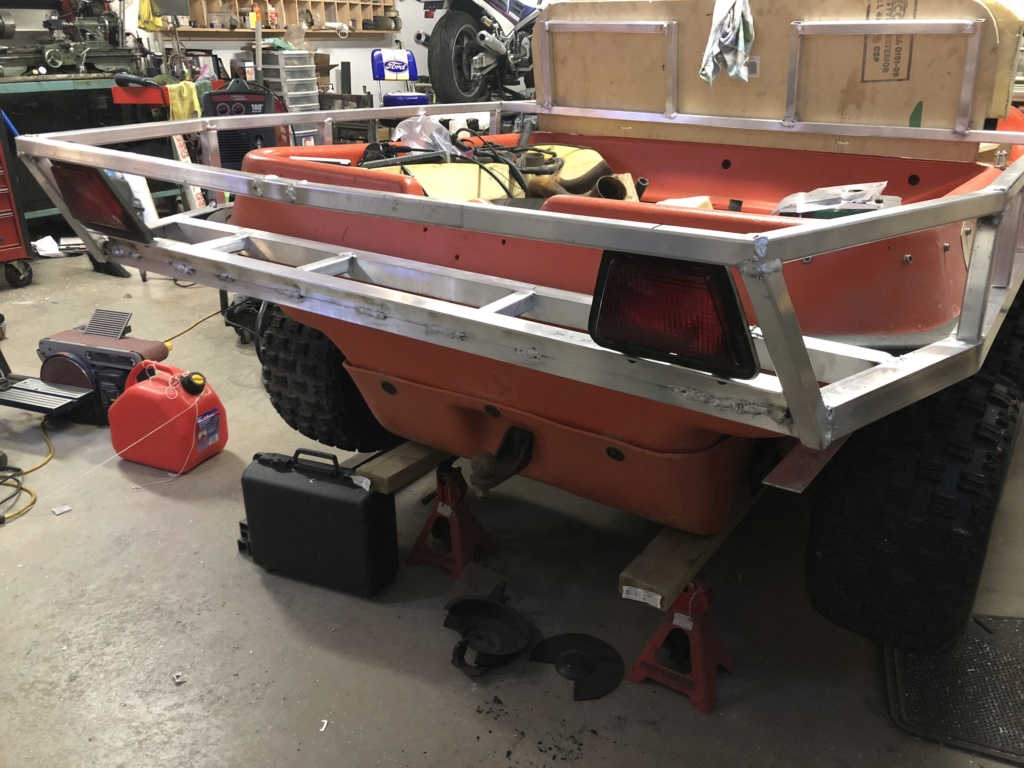
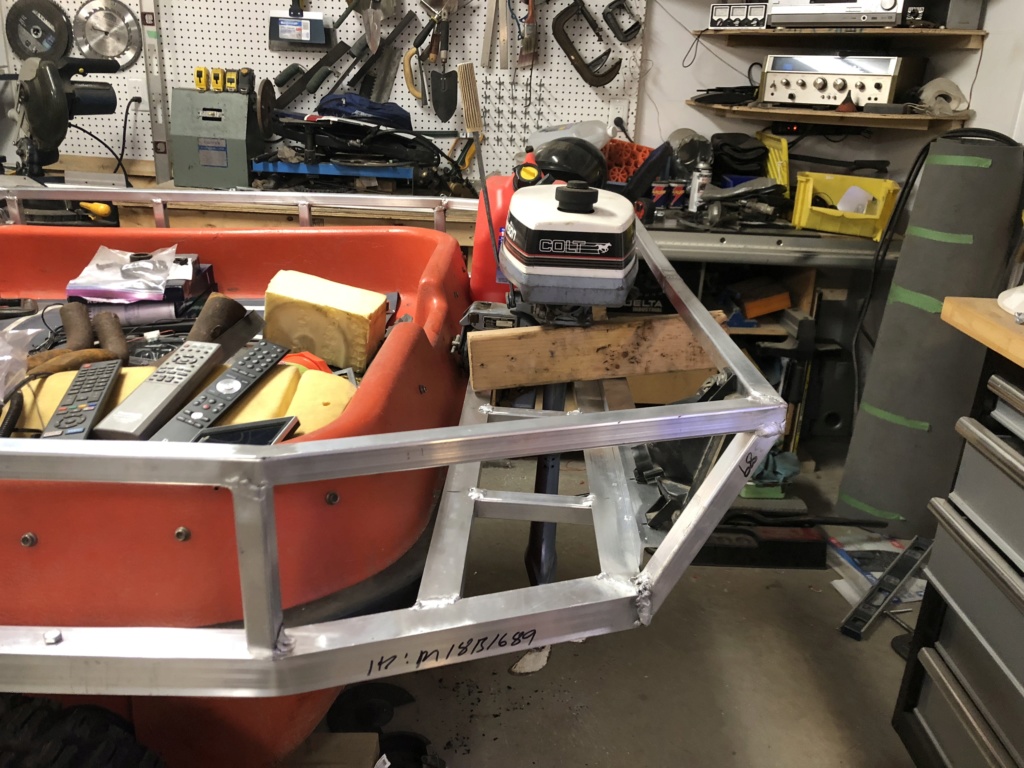
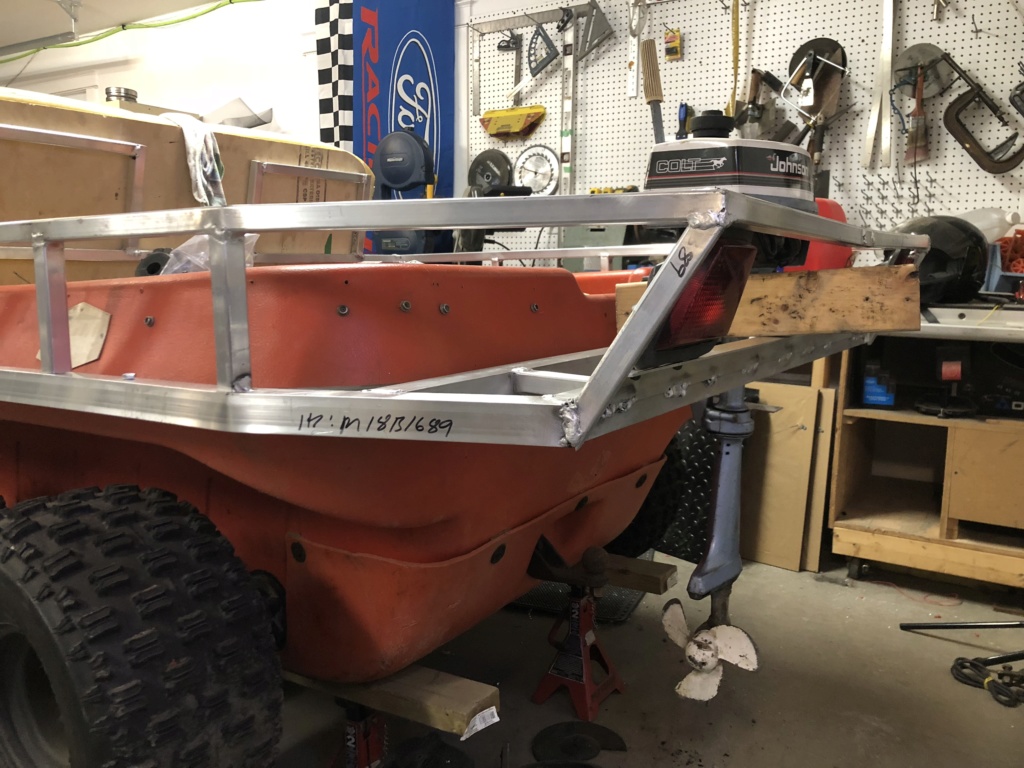
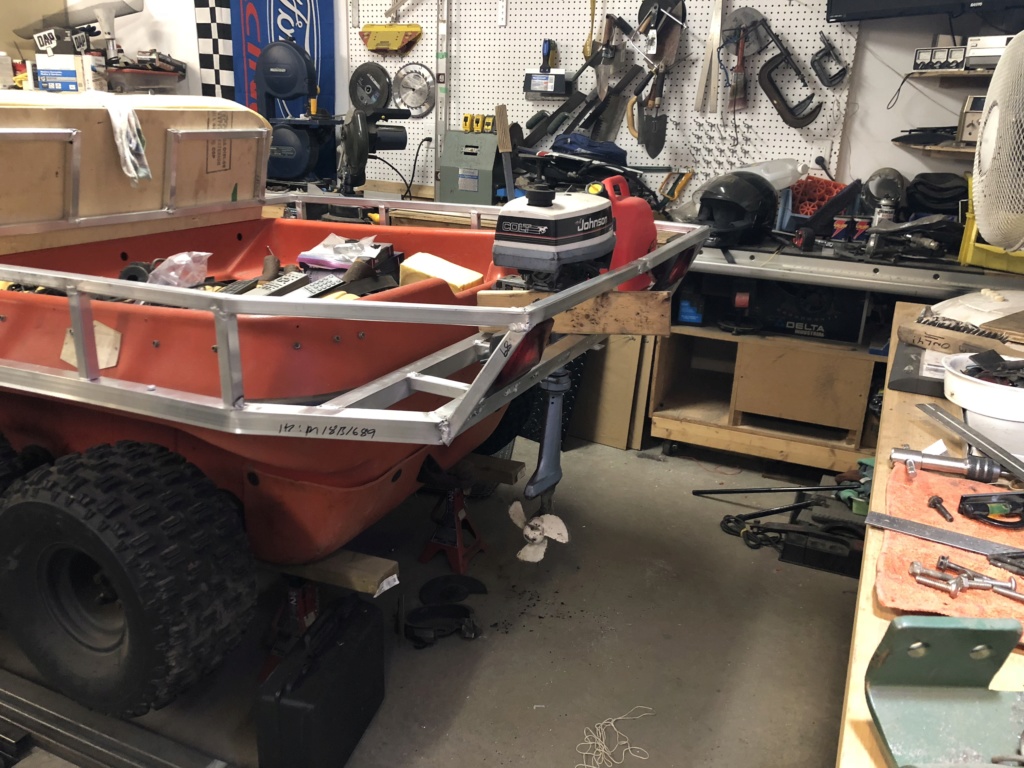
Comment